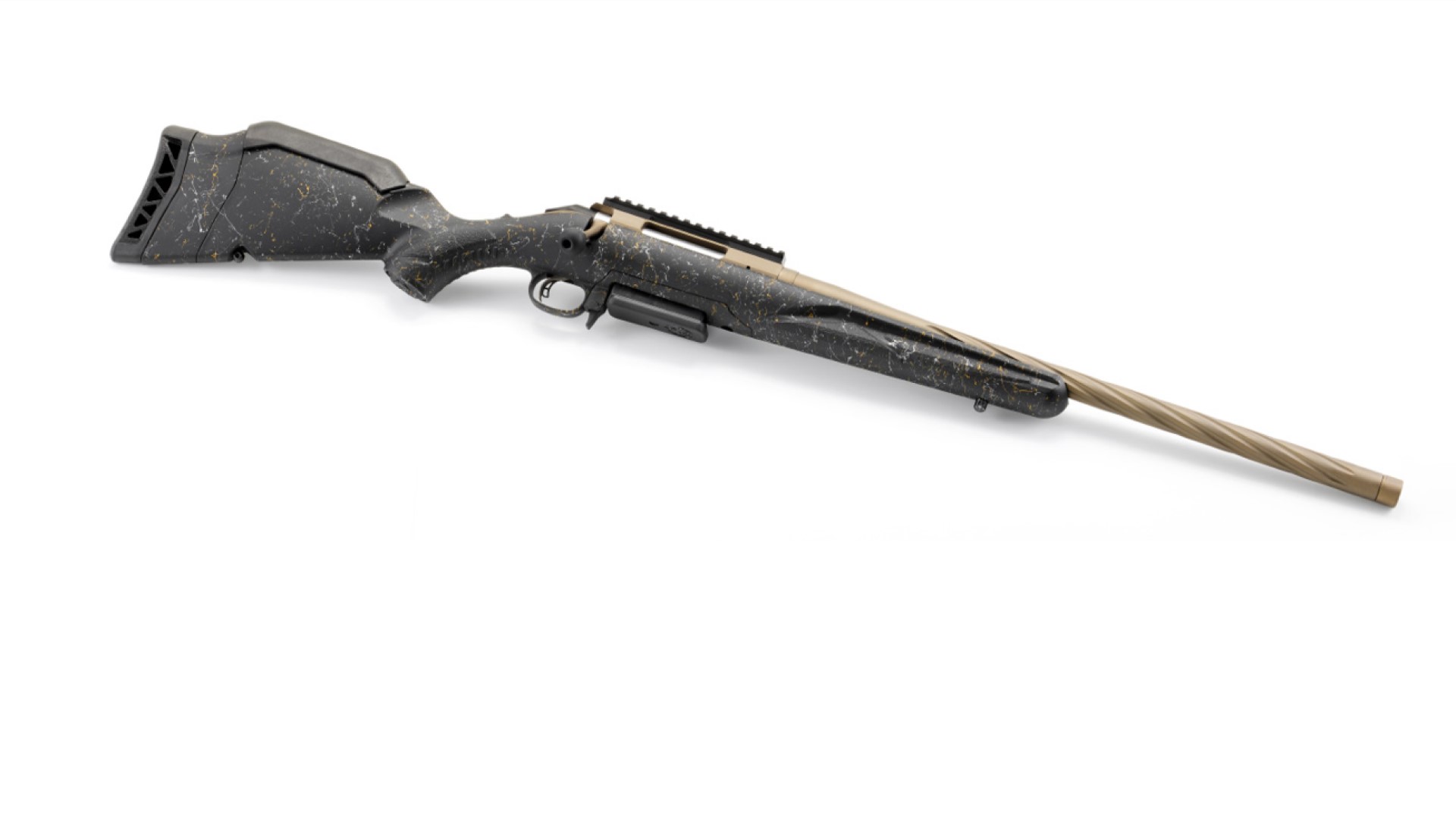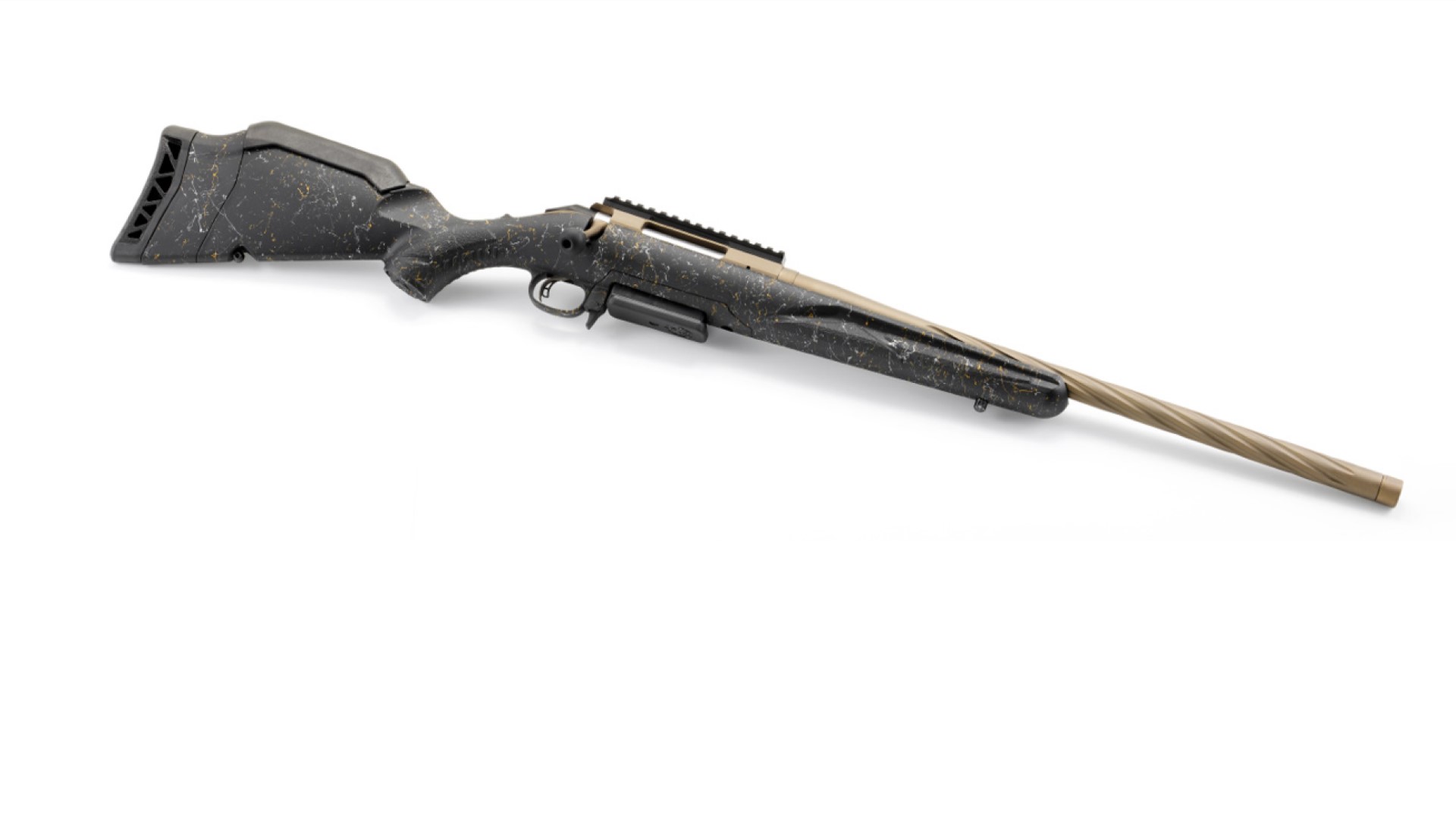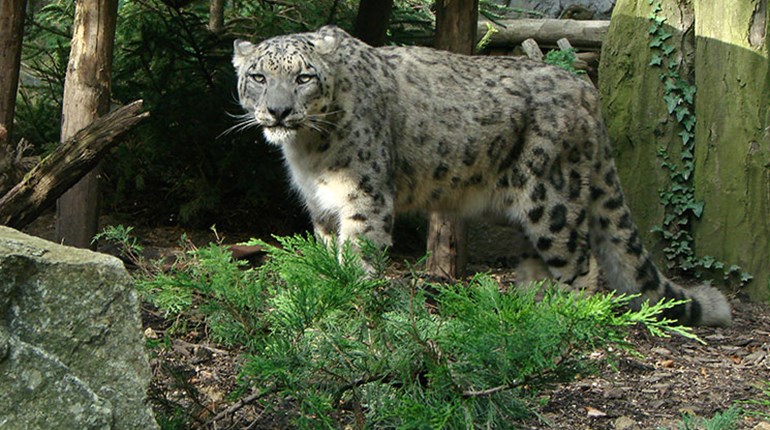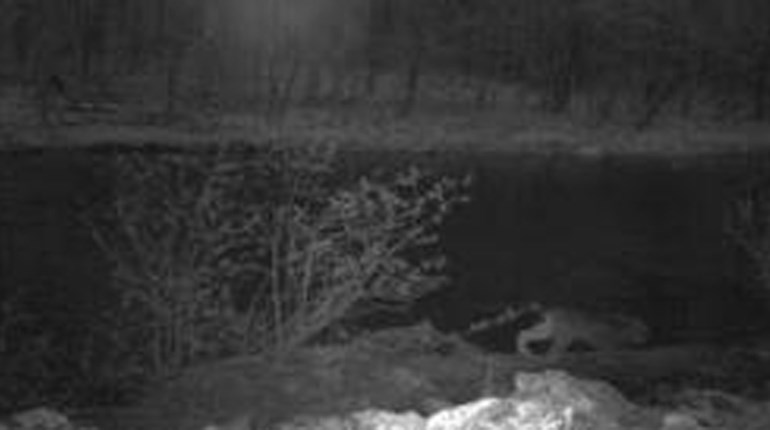** When you buy products through the links on our site, we may earn a commission that supports NRA's mission to protect, preserve and defend the Second Amendment. **
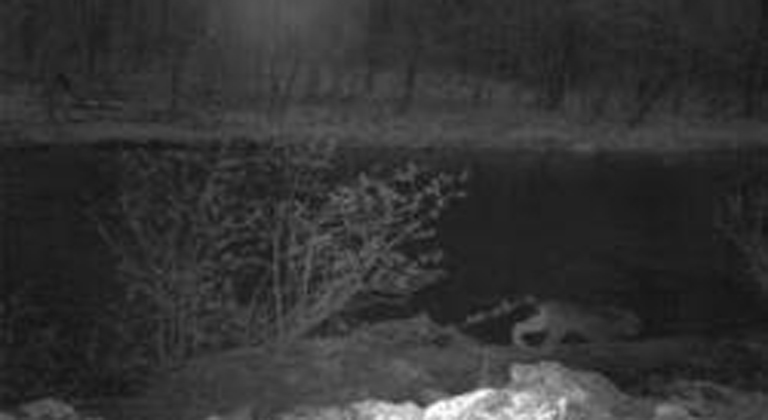
It's not in the slightest bit rare for suburban or rural homeowners to spot wild animals, especially in Vermont. However, seeing a Canada lynx there is a once-in-a-lifetime event. This June, the residents of a rural Londonderry home had that unique experience. Thankfully, they were able to snap a good, identifiable picture, making it the first confirmed evidence of a lynx in Vermont (outside the extremely wild Northeast Kingdom) in decades. You see, lynx are a very specialized predator, preying almost exclusively upon snowshoe hares. Where there aren't any snowshoe hares, there tend not to be any lynx.
The Vermont Fish & Wildlife Department's Chris Bernier, a wildlife biologist, said, "Vermont has never had a large or stable lynx population. Records of lynx in Vermont were extremely rare even at the time of the earliest colonists, and have remained infrequent." Continued Bernier, "We believe lynx may have dispersed into Vermont following a boom in Maine's lynx population in the early 1990s."

There's even more evidence: Back in May, a University of Vermont student's camera trap captured a black-and-white image of a lynx using a wildlife underpass under Route 9 in nearby Searsburg. Enthused Bernier, "We were thrilled to see the animal using a wildlife underpass that was created for the express purpose of allowing animals to pass safely under the road."
Male lynx are known to travel long distances, so Bernier believes that there is a strong chance this may be the same lynx in both sightings. Biologists regularly monitor lynx habitat in the area and have not picked up other evidence of the animals locally, indicating that it is unlikely that lynx have established a resident population in southern Vermont.
Just one more reason to keep your trailcams powered up and a phone on you when you venture outdoors--you never know when you might be able to make wildlife news!
The Vermont Fish & Wildlife Department's Chris Bernier, a wildlife biologist, said, "Vermont has never had a large or stable lynx population. Records of lynx in Vermont were extremely rare even at the time of the earliest colonists, and have remained infrequent." Continued Bernier, "We believe lynx may have dispersed into Vermont following a boom in Maine's lynx population in the early 1990s."

There's even more evidence: Back in May, a University of Vermont student's camera trap captured a black-and-white image of a lynx using a wildlife underpass under Route 9 in nearby Searsburg. Enthused Bernier, "We were thrilled to see the animal using a wildlife underpass that was created for the express purpose of allowing animals to pass safely under the road."
Male lynx are known to travel long distances, so Bernier believes that there is a strong chance this may be the same lynx in both sightings. Biologists regularly monitor lynx habitat in the area and have not picked up other evidence of the animals locally, indicating that it is unlikely that lynx have established a resident population in southern Vermont.
Just one more reason to keep your trailcams powered up and a phone on you when you venture outdoors--you never know when you might be able to make wildlife news!











